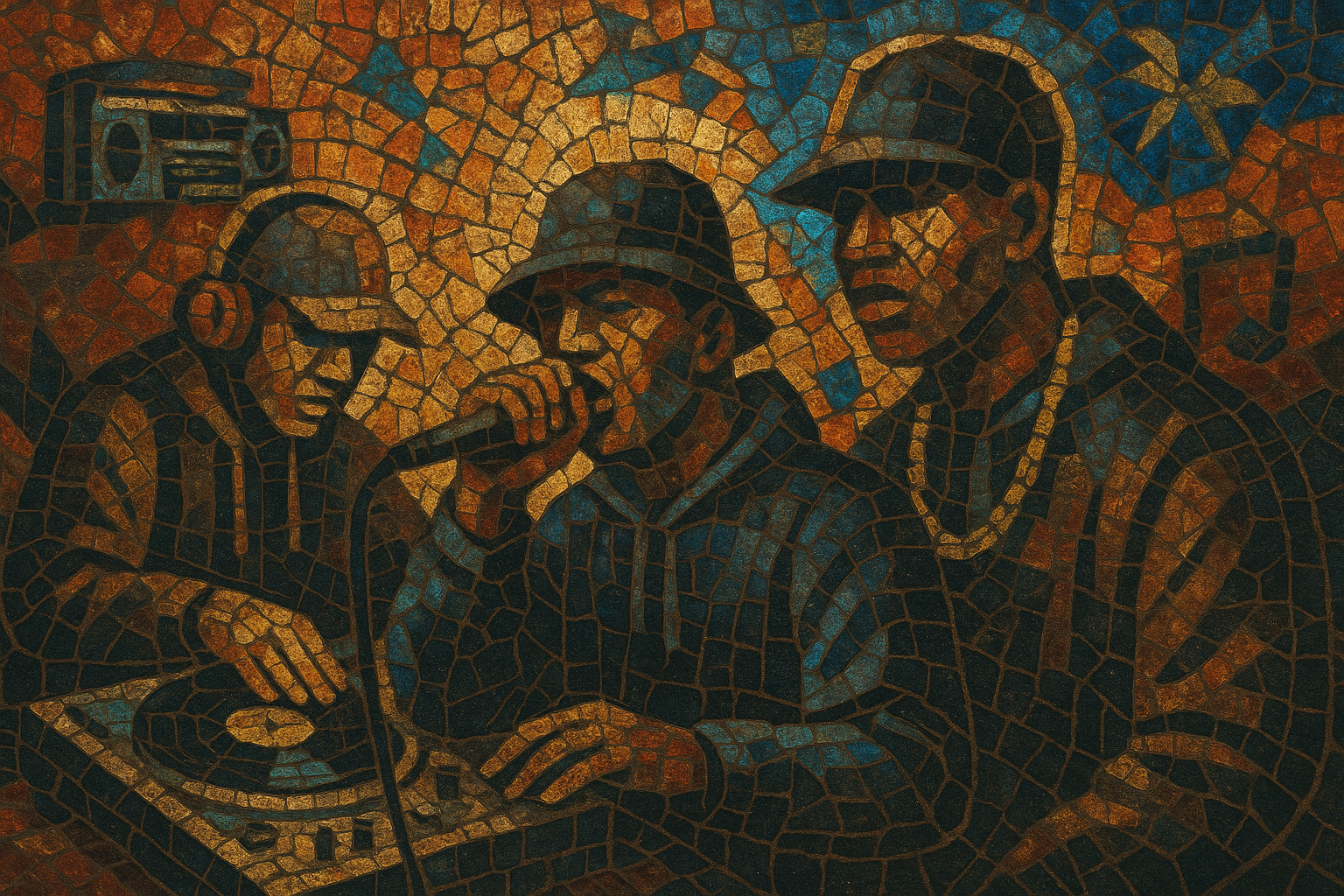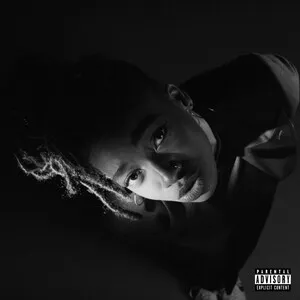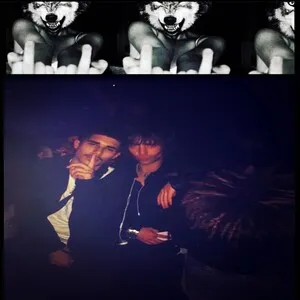UK hip hop is the British incarnation of hip hop culture, characterized by local accents, regional slang, and production aesthetics shaped by the UK’s sound system heritage. While it draws on the core elements of American hip hop—MCing, DJing, sampling, and breakbeats—it sounds distinct due to its emphasis on dub-style bass, reggae and dancehall inflections, and a gritty, observational lyrical lens on British life.
From the outset, the genre developed alongside the UK’s pirate radio culture and club scenes, absorbing influences from electro, breakbeat, jungle, and later garage and bass music. The result is a spectrum that runs from classic boom-bap and conscious rap to darker “road rap” narratives and more experimental, left-field productions.
British engagement with hip hop began soon after the culture emerged in the United States, with early breakdancing, graffiti, and DJ culture taking root in London and other cities. By the mid-to-late 1980s, UK artists like Derek B and London Posse were rapping in unmistakably British accents, setting a precedent for authenticity and local identity. The genre grew out of the UK’s sound system tradition, pirate radio networks, and a club ecosystem that prized bass-heavy, rhythmic innovation.
Through the 1990s, UK hip hop matured with acts such as Blak Twang, Hijack, and groups around the London and Bristol scenes. Producers and MCs increasingly embraced boom-bap aesthetics while folding in dub, reggae, and breakbeat techniques. Parallel developments—trip hop in Bristol and jungle nationwide—shared infrastructure and personnel with UK rap, reinforcing its bass-first production ethos and moody, documentary style of lyricism.
Artists like Roots Manuva and The Streets brought UK voices to international attention, blending hip hop with electronic and garage sensibilities while foregrounding everyday British narratives. An underground renaissance coalesced around Task Force, Jehst, Skinnyman, Foreign Beggars, Klashnekoff, and Lowkey, solidifying a canon of British boom-bap and conscious rap. In the streets, a grittier “road rap” sound emerged, driven by artists such as Giggs, emphasizing stark storytelling and minimal, weighty beats.
In the 2010s, UK hip hop/rap reached new commercial and critical heights. Little Simz, Dave, Loyle Carner, and others pushed lyrical and musical boundaries while maintaining a British sensibility. Although grime and UK drill are distinct genres, cross-pollination with UK hip hop remained constant through shared producers, radio platforms, and audiences. UK hip hop now spans classic sample-based production, trap-inflected beats, and jazz-influenced live arrangements, with major festivals, awards, and export success validating its global stature.
UK hip hop established the blueprint for rapping in British accents and telling British stories over bass-heavy, locally inflected production. It helped seed grime, road rap, and influences on afroswing, and it continues to interact with the UK’s broader electronic and club ecosystems, ensuring the genre remains adaptable, innovative, and unmistakably British.








